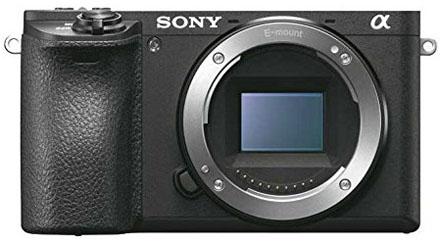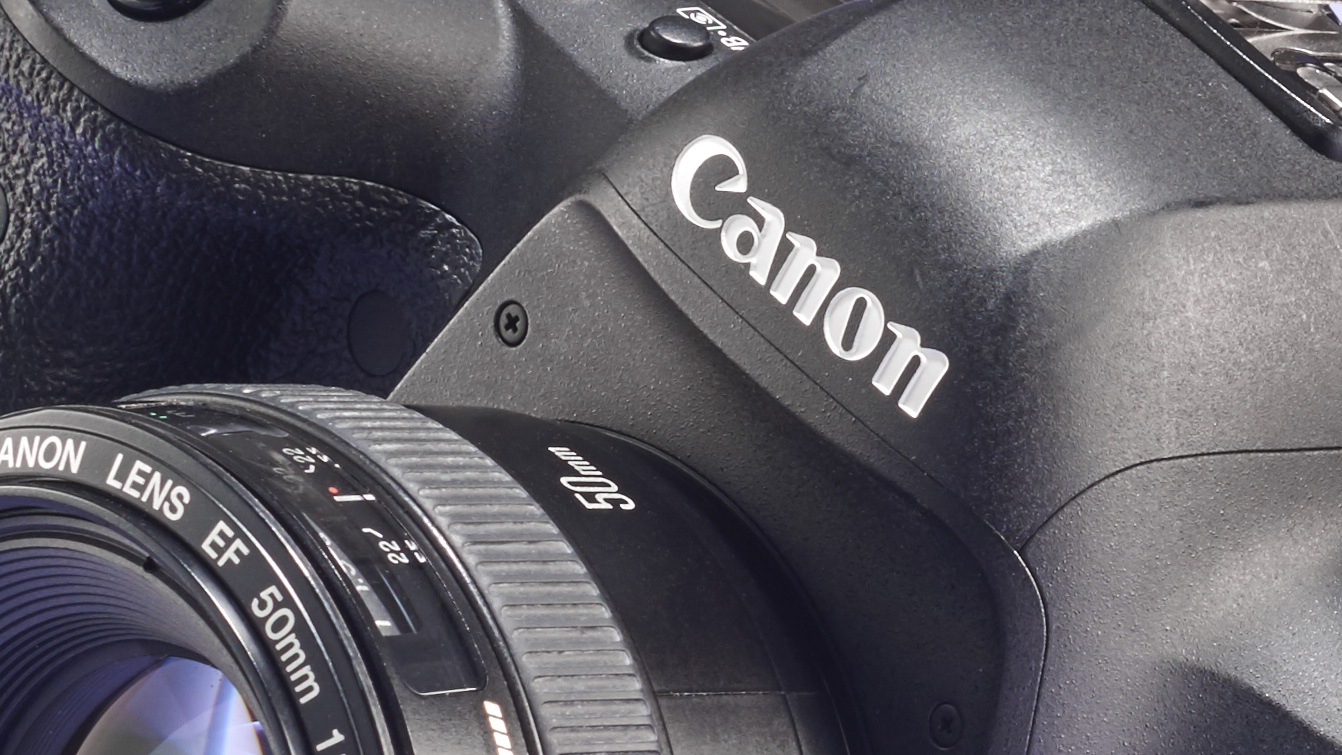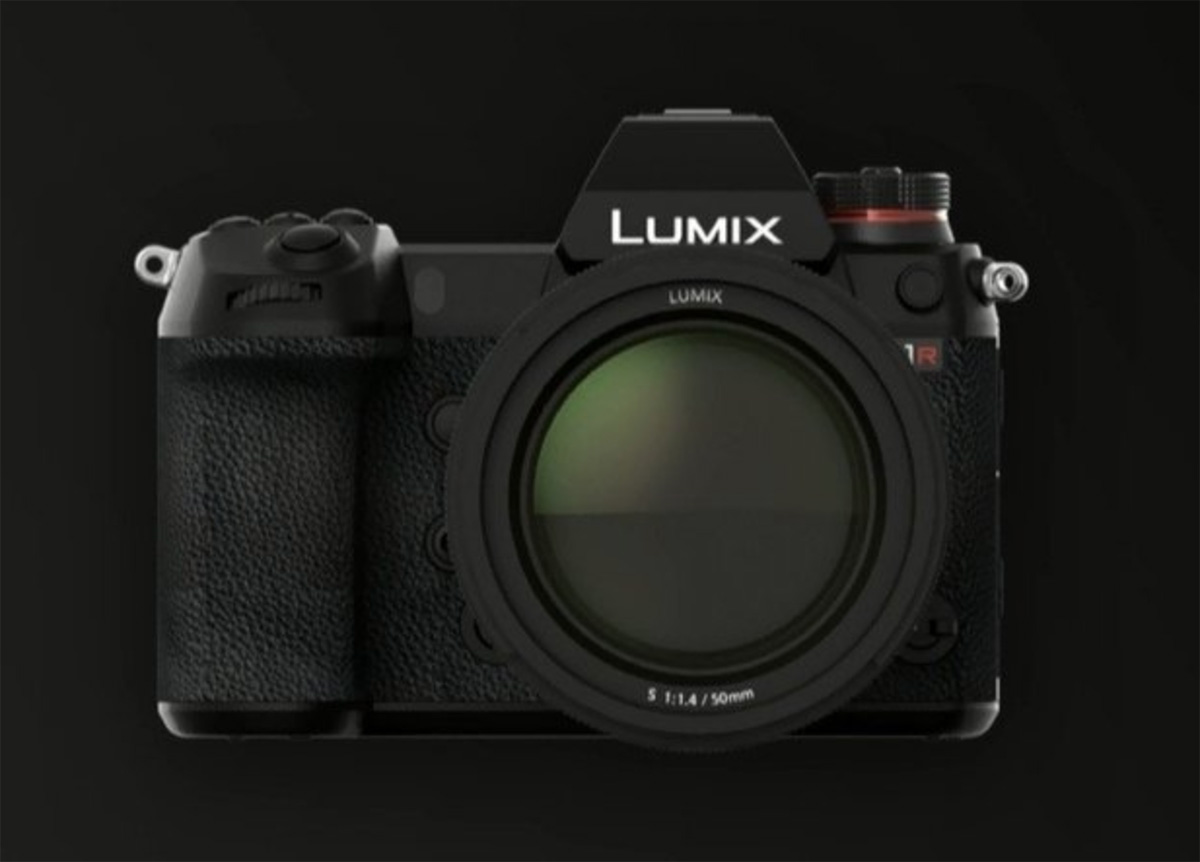


With the latest phase-detect autofocus available on some mirrorless cameras, the autofocus speed and accuracy of some models has been shown to be as good as DSLRs. The electronic viewfinder can provide live depth of field preview, can show a poorly-illuminated subject how it would look with correct exposure in real time, and makes it easier to view the results of an exposure in bright sunlight. This includes the ability to show a focus-peaking display, zebra patterning, and face or eye tracking.

Īs the image from the lens is always projected onto the image sensor, features can be available which are only possible in DSLRs when the mirror is locked up into "live view" mode. While nearly all mirrorless cameras have a mechanical shutter, many also have an electronic shutter, allowing completely silent operation. Mirrorless cameras are mechanically simpler than DSLR cameras, and are smaller, lighter, and quieter due to the elimination of the moving mirror. This term sometimes sparks debates, as to what does and does not count as a mirrorless camera, with some saying that cameras such as film rangefinders count as mirrorless, and others saying that old cameras cannot be retconned to be mirrorless. Īmong these, mirrorless interchangeable-lens camera, or just mirrorless, is the most popular. Other terms include electronic viewfinder interchangeable lens ( EVIL) cameras and compact system cameras (CSCs). This latter name highlights their connection to DSLRs. Mirrorless cameras are sometimes referred to as mirrorless interchangeable-lens cameras ( MILC), or digital single-lens mirrorless ( DSLM) cameras. Mirrorless cameras necessarily have worse battery life because they need to power the screen and sensor at all times. Like a DSLR, a mirrorless camera accepts interchangeable lenses. Many mirrorless cameras retain a mechanical shutter. ĭSLRs can act like mirrorless cameras if they have a " live view" mode, in which the mirror moves out of the way so the lens can always shine onto the image sensor. Some mirrorless cameras also simulate a traditional viewfinder using a small screen, known as an electronic viewfinder. By contrast, in a mirrorless camera, the lens always shines light onto the image sensor, and what the camera sees is displayed on a screen for the photographer. This is done using a mechanical movable mirror which sits behind the lens. In cameras with mirrors, light from the lens is directed to either the image sensor or the viewfinder. Lacking a mirror system allows the camera to be smaller, quieter, and lighter. Though most cameras, including those used in smartphones, lack mirrors, the term mirrorless is primarily used to describe digital interchangeable lens cameras, in order to distinguish them from DSLRs, which have historically dominated interchangeable lens cameras. Compact camera with a user-removable and replaceable lens A mirrorless camera (right) with an exposed sensor, next to a DSLR camera (left) which has a mirror in front of the sensor Close-up of the lens mount (silver) and image sensor (red) in a mirrorless camera, showing the small gap between the lens and the sensor, with no mirror assemblyĪ mirrorless camera is a camera that does not have a mirror.


 0 kommentar(er)
0 kommentar(er)
